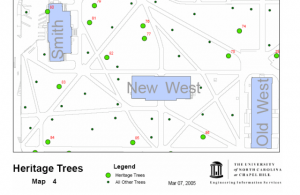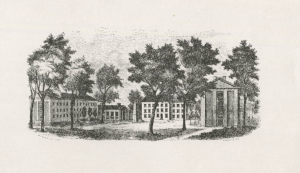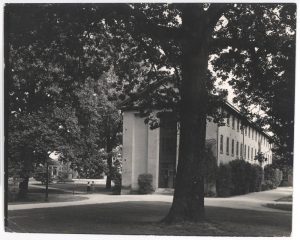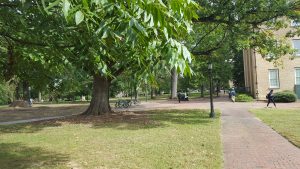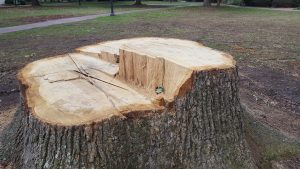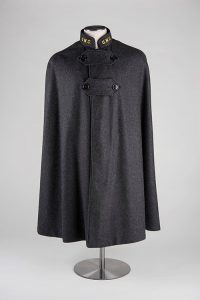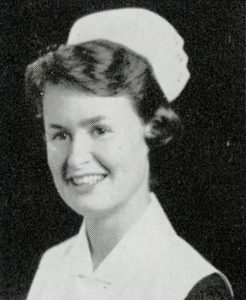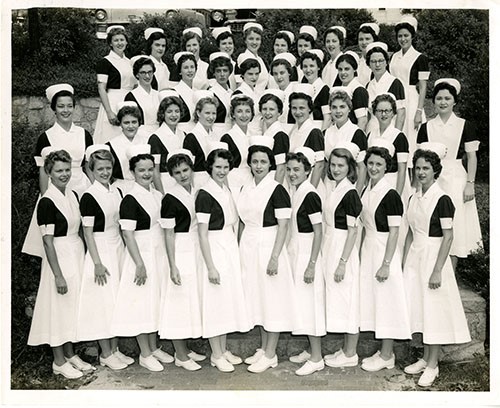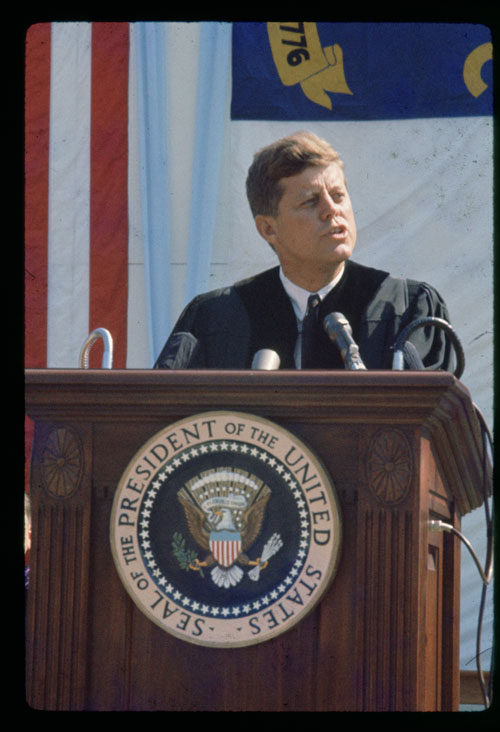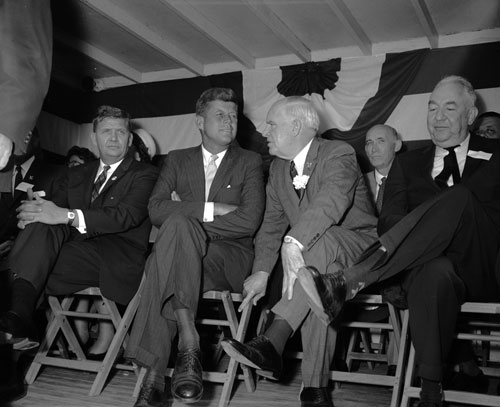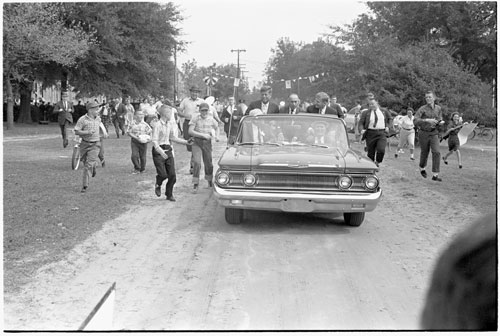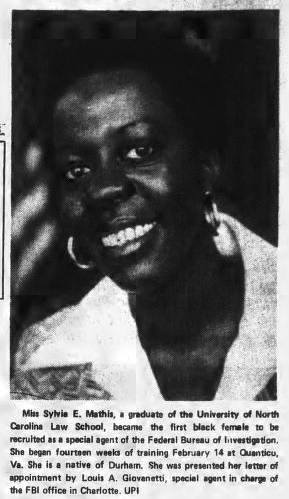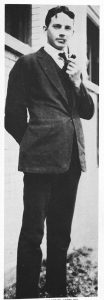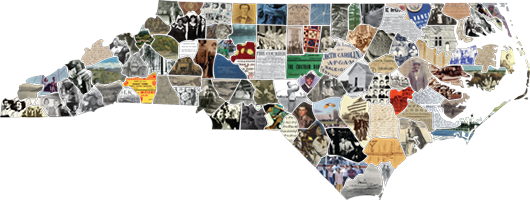It could have been the result of damage from hurricane Florence or tropical storm Michael. Maybe it was just (extreme) old age.
During the week of October 21, UNC Grounds Crew felled one of the most consistently photographed trees on UNC’s campus.
Don’t worry… the Davie Poplar is fine…
Another tree, not as prominent or easily identified as a landmark on campus as the Davie Poplar, a majestic Post Oak that was a fixture in images of Old West Hall (when photographed from the north side looking to towards South Building), was cut down.
The tree was there when Old West was constructed in 1823 and appears in the first images in the University’s possession of the building, dating from the 1880s-1890s.
In 2005 the (UNC) Chancellors Buildings and Ground Committee approved a report from the Task Force on Landscape Heritage & Plant Diversity.
In that report the committee identified and described it as:
“(Heritage Tree #) 74. Quercus stellata (Post Oak) — an impressive specimen.”
A rendering of a tree appears to be in the same location on the north side of Old West in this early engraving by W. Roberts from a drawing by William Momberger of the University campus as it appeared circa 1855 (Old West is right side of illustration).
Circa 1880s-1890s:
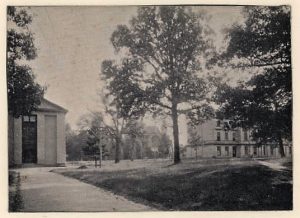
P0004/0393: Old West Hall and New West Hall, circa 1880s-1890s; North Carolina Collection Photographic Archive
It was difficult to get a “long-view” of the west face of the building AND include the Old Well…. without capturing “Tree 74” in the image.
Circa 1880s-1890s
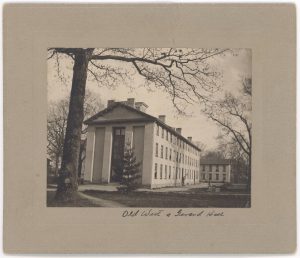
P0004/0393: Old West and Gerrard Hall, circa 1880s-1890s; North Carolina Collection Photographic Archive
Circa 1940s
On October 23, 2018 this is what remained of “(Heritage Tree #) 74. Quercus stellata (Post Oak) — an impressive specimen.”
(Images by Patrick Cullom)

